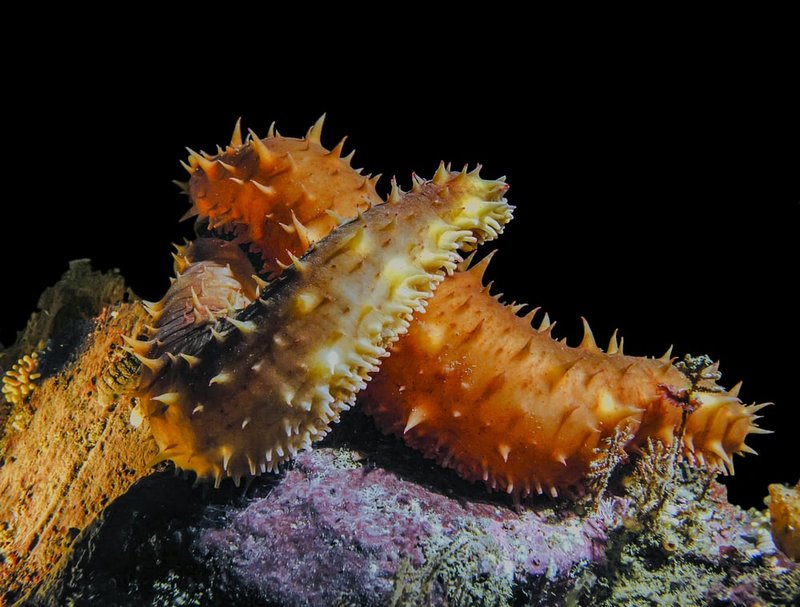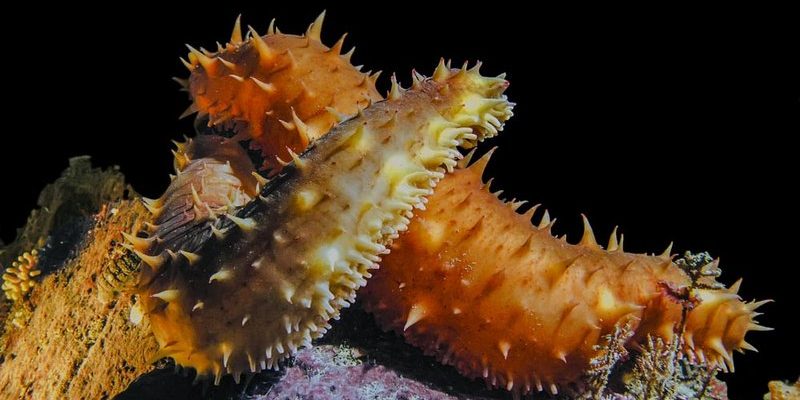
So, what’s the big deal about how these soft-bodied critters reproduce? Well, it’s a pretty unique journey. Sea cucumbers employ various strategies to ensure their species thrives in a world where changes happen all the time, like shifts in water temperature and salinity. Let’s dive into the world of these intriguing animals and explore their breeding habits!
Understanding Sea Cucumbers
Before we jump into how sea cucumbers breed, it helps to know what they are. Sea cucumbers are elongated, soft-bodied echinoderms, related to stars and urchins. They live on the ocean floor, sifting through sediment to extract nutrients. These creatures can be found in various environments, from shallow tropical waters to the deep sea.
One of the remarkable features of sea cucumbers is their ability to regenerate. If they lose a part of their body—like a limb—they can often grow it back. This resilience plays a surprising role in their reproduction as well. By developing various reproductive strategies, they can ensure their survival even when faced with threats.
You might also wonder about the variety within this species. There are over 1,700 species of sea cucumbers worldwide, each with unique adaptations. Some are brightly colored, while others blend into the ocean floor. This diversity helps them thrive in different habitats, making them fascinating subjects for study.
Reproductive Strategies of Sea Cucumbers
Sea cucumbers have two main reproductive strategies: sexual reproduction and asexual reproduction. While most sea cucumbers rely on sexual reproduction, some can reproduce asexually, a trait that adds to their adaptability.
In sexual reproduction, male and female sea cucumbers release their sperm and eggs into the water. This method is known as external fertilization. Imagine it like a big aquatic party where the males release sperm clouds, and females follow suit with their eggs. This process can lead to high chances of reproduction, given the sheer volume of gametes released.
On the other hand, asexual reproduction occurs through processes like fission. This is when a sea cucumber splits itself into two or more pieces, each capable of growing into a new individual. It’s like cutting a cake into slices, where each slice can become a full cake again. This method is particularly useful in environments where populations are sparse, ensuring that sea cucumbers can still thrive.
The Breeding Cycle
So, how does the breeding cycle of a sea cucumber unfold? Generally, there are key times of the year when breeding peaks, often influenced by environmental factors like temperature and food availability.
During the breeding season, sea cucumbers gather in groups called aggregations. They secrete pheromones to signal to others that it’s time to mate. This social aspect is crucial, as it increases the likelihood of successful fertilization. Once they are ready, the males and females release their gametes into the water, often synchronizing their releases for maximum effect.
After fertilization, the eggs develop into larvae, which drift with ocean currents. This larval stage can last several weeks, making it a vulnerable time. The larvae ultimately settle on the ocean floor, transforming into juvenile sea cucumbers. It’s like a rite of passage; they start off floating in the vast ocean and gradually find their home on the seafloor.
Environmental Influences on Reproduction
The success of sea cucumber reproduction heavily depends on environmental factors. Water temperature, salinity, and food availability all play vital roles.
Temperature is particularly important. Sea cucumbers are ectothermic, meaning their body temperature and metabolic processes depend on their surroundings. Warmer waters can trigger breeding seasons, while extreme temperatures might inhibit reproduction. For example, if the ocean gets too warm due to climate change, sea cucumbers could struggle to reproduce effectively.
Salinity also impacts their breeding cycles. Changes in salinity levels can affect gamete viability, and if the water is too salty or too fresh, it can hinder successful fertilization. Meanwhile, having a hearty food supply is crucial because, during the breeding season, sea cucumbers need more energy to invest in reproduction.
Threats to Reproduction
Despite their extraordinary adaptations, sea cucumbers face several threats that can impair their reproduction. Overfishing is one of the most significant dangers. Many cultures around the world prize sea cucumbers as a delicacy, leading to unsustainable harvesting practices. This overfishing can disrupt mating aggregations and affect population numbers long-term.
Moreover, habitat destruction due to pollution and climate change poses additional challenges. When ocean habitats become degraded, it can lead to fewer suitable areas for breeding and fewer resources for the young. Increased ocean acidity can also affect the health of sea cucumbers, making it harder for them to thrive and reproduce successfully.
Here’s the thing: it’s essential to recognize that protecting the habitats where sea cucumbers live is crucial for maintaining their populations. Conservation efforts and sustainable fishing practices can help ensure that these unique marine animals continue to flourish.
The Importance of Sea Cucumbers in Ecosystems
You might be wondering why all this matters. Sea cucumbers play a vital role in marine ecosystems. Their feeding habits help recycle nutrients in the ocean floor, which can boost the health of various habitats. By processing and breaking down organic material, they contribute to nutrient cycling, benefiting other marine life.
Furthermore, as they dig through sediment, sea cucumbers help aerate the seabed. This process promotes healthy ecosystems by allowing other organisms to thrive. When sea cucumbers are removed from their environments, it can lead to nutrient imbalances and negatively impact other species.
In a sense, these creatures are like the custodians of the ocean floor. Their quiet work behind the scenes helps maintain the delicate balance of underwater life, making their breeding and reproduction all the more significant.
To sum it all up, the breeding and reproduction of sea cucumbers is a remarkable process that highlights both the adaptability and importance of these unique marine animals. Through a mix of sexual and asexual reproduction, they ensure their survival in ever-changing environments. However, threats like overfishing and habitat destruction challenge their existence.
Understanding how sea cucumbers reproduce helps us appreciate their role in marine ecosystems. By protecting their habitats and promoting sustainable practices, we can help ensure that these gentle creatures continue to thrive in our oceans. So next time you think about the ocean, remember these unsung heroes—the sea cucumbers quietly working to keep the underwater world healthy!

